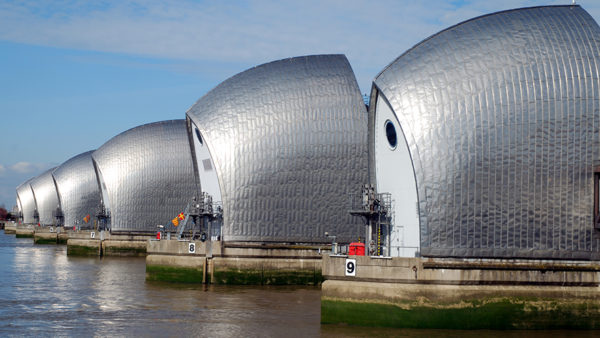
Arup has created an international whole-life carbon (WLC) dataset for buildings in design and called for open and comparable carbon data.
Via its new Zero platform, Arup has collected and analysed WLC data from almost 1,000 of its building design projects across 30 nations on five continents.
This data has allowed Arup to estimate what it describes as its ‘carbon handprint’: the emissions from its global building design project portfolio are approximately 350 times greater than its organisational carbon footprint.
According to Arup, the data represents a primary metric to drive better decision-making by property investors, building owners, designers, construction firms, and regulators. It allows identification and comparison of carbon emission reduction options across building subsystems and lifespans. Initial insights from Zero data offer “new, industry-relevant detail about the embodied carbon profile across building sub-systems”.
Arup is also developing a WLC-based approach for the decarbonisation of infrastructure projects.
Open data for all
The group is also calling on the global built environment sector to work together to establish open and comparable WLC datasets.
In a statement, the group said: “By joining forces to create large, comparable, and open datasets, the global property sector and its value chain can begin to scale net-zero buildings. Early analysis of Zero data indicates an urgent need for accurate carbon benchmarks to guide low carbon design, particularly for the earliest ‘brief’ stage of the building design cycle. However, such benchmarks will be established much more quickly if more WLC data is collected and shared in comparable and open formats.”
Dr Alan Belfield, Arup global chair, added: “Comparable and open whole-life carbon data is the tool that will allow actors across the global property value chain to make better decisions about building decarbonisation – and to achieve significant emission reductions at scale and at pace.”
Meanwhile, at COP27, Arup announced it plans to meet the goals of the UN High Level Climate Champions’ 2030 Breakthrough Outcome for the Built Environment. This benchmark calls for all new and refurbished buildings to be net zero in operation and to achieve at least a 40% reduction in embodied carbon by 2030.
Don’t miss out on BIM and digital construction news: sign up to receive the BIMplus newsletter.












